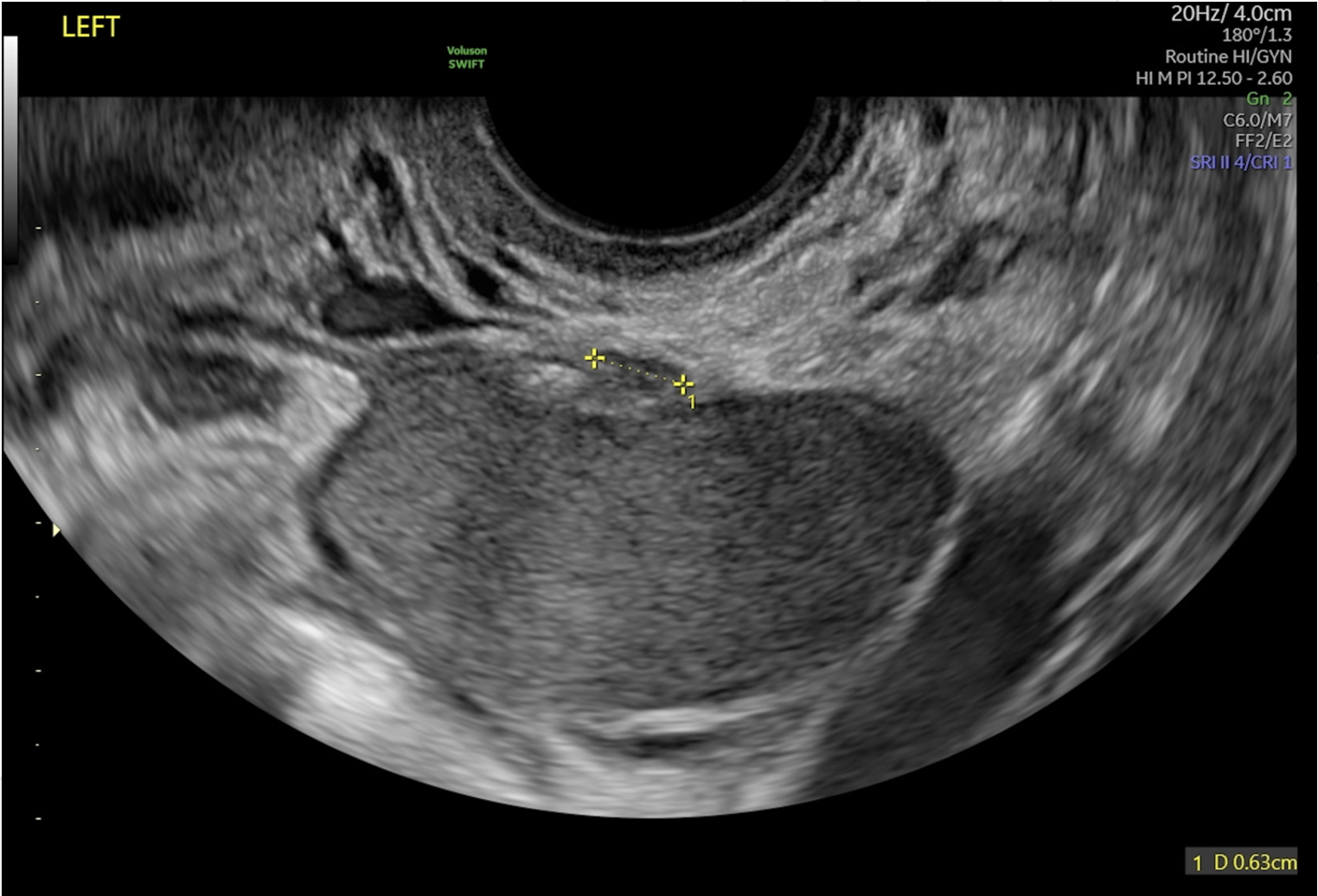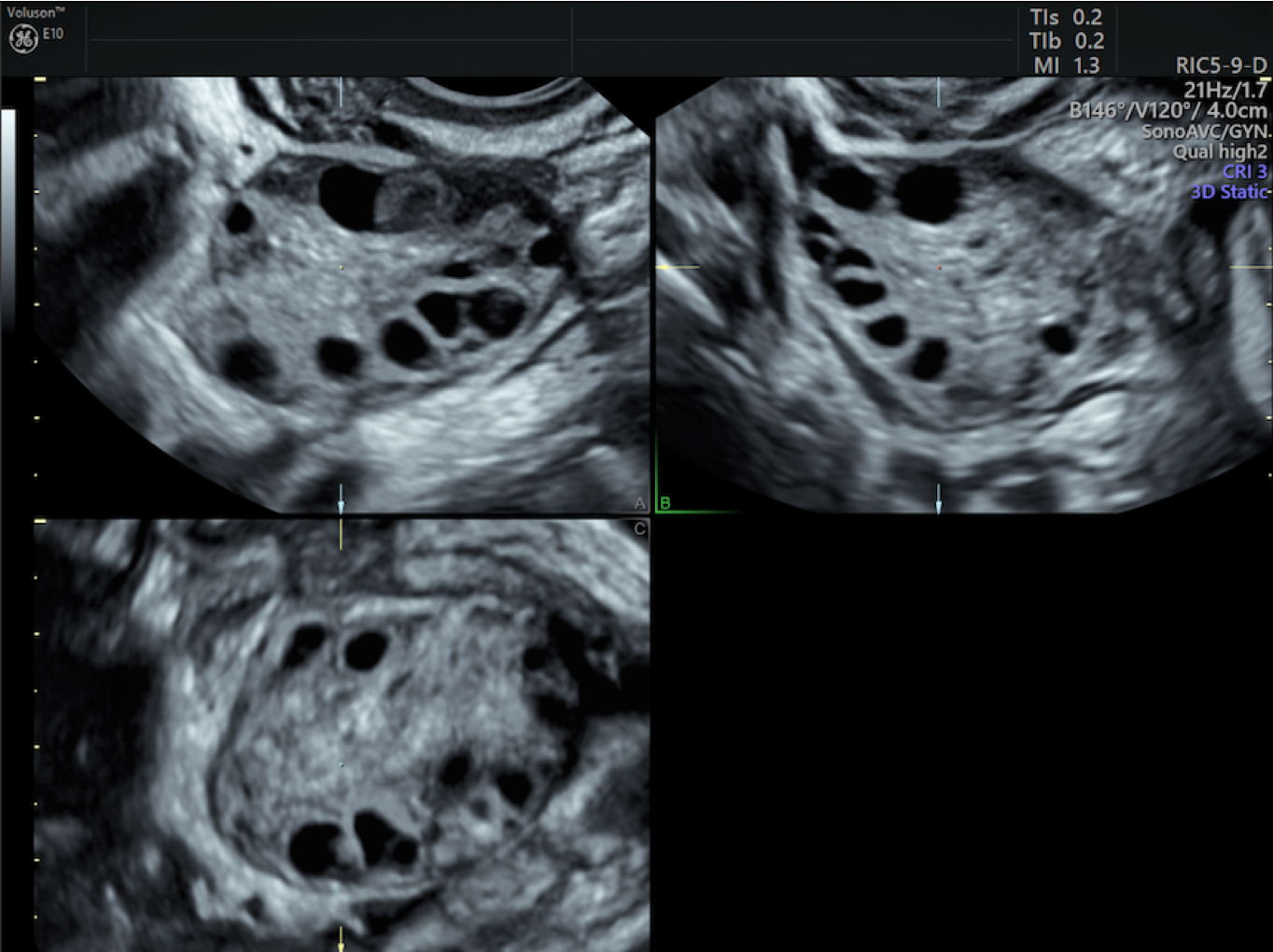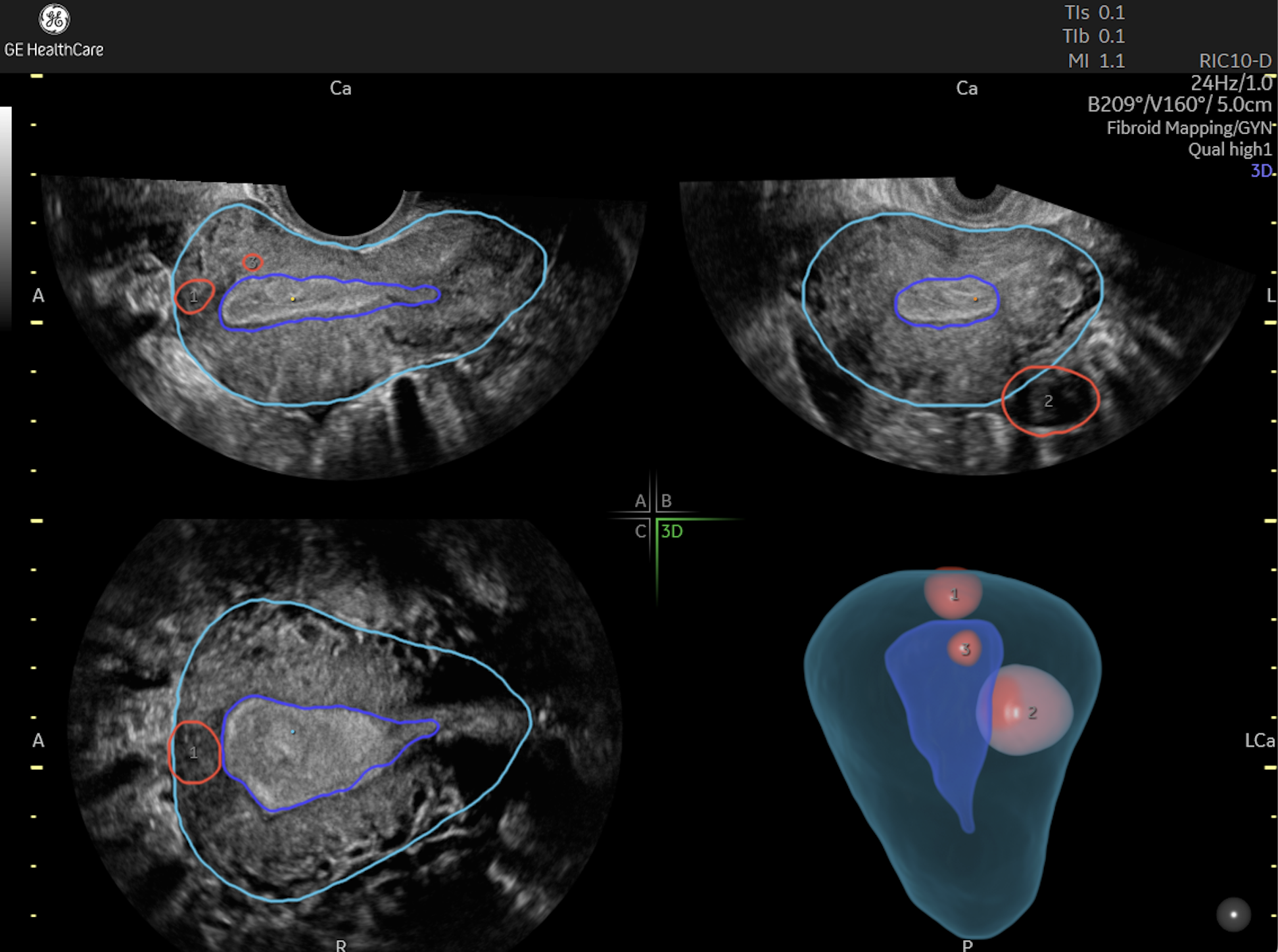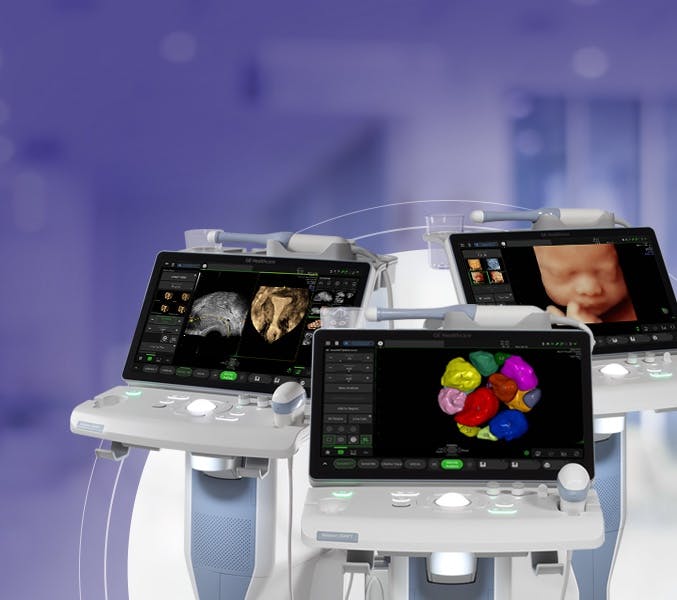Adolescence is a time of dramatic change—physically, emotionally and socially. For most adolescent girls, this phase marks the beginning of menstruation and their first visit to a gynecologist.
If these events aren't unsettling enough, adolescents may also experience abnormal pelvic pain, heavy bleeding, and bloating during their periods. And because all the bothersome symptoms that come with menstruation are new, teens typically aren't sure what's "normal" and what isn't. Fortunately, 3D ultrasound can help. When symptoms severe or chronic, these common symptoms could indicate numerous gynecologic conditions, including endometriosis, an ovarian cyst or pelvic inflammatory disease, among other conditions.
A pelvic exam with 3D ultrasound is an easy, low-stress way to determine the best course of action. Performing ultrasound early in the evaluation process helps physicians more accurately diagnose and treat conditions before they cause long-term complications.
Here are four common health issues that gynecologists can diagnose and treat early with the help of 3D ultrasound.
Pelvic Pain
Pelvic pain is one of the most common women's health complaints, affecting about 15% of adult women. In adolescents, pain could stem from gynecologic or nongynecologic causes. And because the pelvic region contains many organs, making a confident diagnosis based on symptoms alone can be challenging.
Common gynecologic causes of pelvic pain include menstrual cramps, endometriosis and pelvic inflammatory disease, among others. Chronic pelvic pain—noncyclical pain that lasts at least six months—may or may not be associated with menstruation. Chronic pelvic pain is a common symptom of pelvic inflammatory disease. This condition disproportionately affects sexually active adolescent girls with multiple partners, those who use condoms infrequently and those who use substances.
A 3D pelvic ultrasound provides a comprehensive view of the pelvic region, enabling physicians to spot anomalies that may otherwise get overlooked. Ultrasound is especially helpful in identifying cysts or masses, menstrual flow obstruction and endometriosis.
Early diagnosis and treatment are essential to ensure the health of the peripheral and central nervous system and preserve quality of life. Unfortunately, many adolescent girls delay getting help for pelvic pain, which may cause them to miss school or cancel social activities.
Endometriosis
Chronic, severe pelvic pain that doesn't improve with treatment may be a sign of endometriosis, a condition that affects women and girls of all ages. The condition is challenging to diagnose for several reasons:
- Symptoms often overlap with other conditions, including bladder infection, pelvic inflammatory disease and even irritable bowel syndrome.
- Teens may normalize their symptoms, considering themselves just "unlucky" with respect to period symptoms.
- Endometriosis presents differently in adolescents than in adults. Gynecologists unfamiliar with endometriosis in adolescents may overlook lesions during an exam.
Challenges aside, early diagnosis is crucial to protect fertility and improve quality of life. 3D ultrasound is a simple, cost-effective way to evaluate suspected endometriosis, particularly for ovarian endometriomas. 3D ultrasound visualizes the ovaries more clearly than 2D scans. It also helps doctors assess the stroma and measure volumes.
An accurate, early diagnosis allows gynecologists, patients and their parents to work together to develop a treatment plan. Depending on the type of disease, that plan may include medications to relieve symptoms and/or surgery.

Endometriosis shown on ultrasound
Abnormal Bleeding
Abnormal bleeding and irregular cycles are common in the months after menarche, but abnormally heavy bleeding requires intervention. Chronic heavy bleeding may lead to anemia and physical, social and emotional distress.
Abnormal heavy bleeding may stem from an underlying bleeding disorder, hyperprolactinemia, thyroid disorders or polycystic ovary syndrome (PCOS). For this reason, precise diagnosis is paramount.

PCOS shown on ultrasound
In addition to pregnancy screening and blood tests, ultrasound is a useful tool to evaluate patients who present with abnormal bleeding. 3D images enable detailed examination of the uterine cavity and may reveal anomalies not visible with 2D ultrasound. Because of its image quality, ultrasound has become the imaging modality of choice in assessing the endometrium, polyps, uterine fibroids, ovarian follicles, benign tumors and the pelvic floor.

Uterine fibroid shown with Voluson™ Fibroid Mapping
Ovarian Cysts
Ovarian cysts are fairly common in teenage girls. One study reported a frequency of 12% in adolescent girls aged 10 to 19. Most of these cysts were functional.
Cysts that don't resolve on their own may indicate a serious underlying condition. Overgrowths of cells on the ovary may be cancerous. Other persistent cysts occur in connection with endometriosis, hormone imbalances or pelvic infection.
Transabdominal ultrasound is the most common diagnostic tool for identifying ovarian cysts in adolescents. Ultrasound enhances the assessment of cyst size, location and characteristics. With additional 3D detail, gynecologists can look for signs of simple, benign cysts and cancerous masses. This technology also allows providers to monitor cysts and detect signs of other conditions, such as endometriosis.
Conclusion
Abdominal pain, abnormal bleeding and irregular periods are normal during the first few months of menses. However, symptoms that linger for several months or don't improve with conservative measures could indicate a more severe condition. Because many gynecologic issues have similar symptoms, arriving at an accurate diagnosis can be challenging. 3D ultrasound gives gynecologists additional details needed to make confident decisions for their maturing patients.




